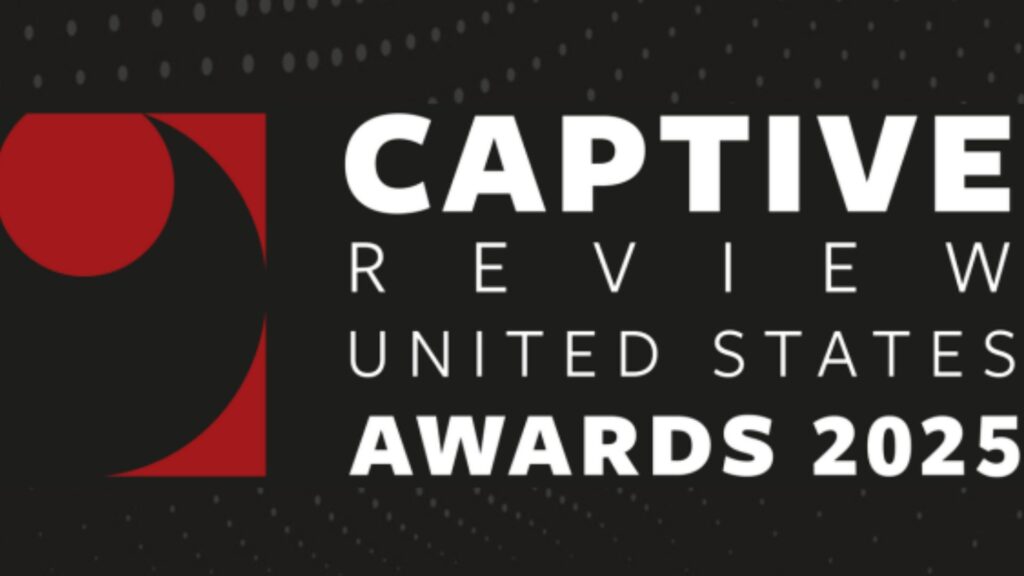Introduction
With employers being challenged with attraction and retention, employee benefits and perks take center stage. Many organizations are aware of the importance of benchmarking when it comes to the competitiveness and performance of an employee benefits program, but are unsure about how to get started or what programs to compare.
Benchmarking can be conducted across a range of offerings, but recently time off programs have been a significant area of interest for employees and employers, especially around parental and family leave. If your organization is considering changes to your program – or just looking to verify your time off programs remain competitive – benchmarking is critical.
Getting Started
No matter which benefit you want to benchmark, including time off programs, it’s important to set the stage before the number crunching phase. Start with:
- Confirm benchmarking objectives: be sure to establish what you want to accomplish and why. Think about what problem you are trying to solve, or question you are trying to answer. What specific outcomes can be associated with the metrics you are trying to highlight? You might want your benchmarking to inform how your program is performing so you can make the case for additional resources, or how your program is structured, so you can explain how it could be more competitive for attraction and retention.
- Determine how you will gather data: the more focused you can be in your efforts, the more expediently you can get to the results. This starts with deciding which programs you are going to benchmark and metrics you are going to compare. You will also want to confirm whether you are interested in:
- Internal benchmarking, where the comparison is made against your own data over time
- External benchmarking, where metrics or practices of your company are compared to one or many other companies
- Both internal and external benchmarking
External benchmarking is perhaps the more talked about path, but both can provide real value and insights based on what you are trying to achieve.
Digging In
When it comes to paid time off, policies worth evaluating might include:
- Vacation/Paid Time Off (PTO) or Flexible Time Off
- Sick Leave as a standalone offering vs. included in PTO
- Other types of leave, such as:
- Personal Leave
- Bereavement Leave
- Mental Health Days
- Volunteer Days
- Sabbatical
- Military Leave
- Parental Leave (birthing and bonding)
- Family Care Leave
When conducting external benchmarking to compare your leave benefits with those of other companies, you might be interested in analyzing the following categories:
- Accrual vs. front loading
- Duration by leave type
- Eligibility by leave type
- Percentage of pay by leave type
- Contribution methodology (e.g., perhaps you have employees in states with Paid Family and Medical Leave (PFML) laws)
- Equity across workforce demographics, for example:
- Leave tracking systems
- Variations based on employee status, tenure, and employee type or classification
It may also make sense to filter your evaluation by parameters like company size, location, industry, etc., so that you have as clean of a comparison as possible.
On internal benchmarks, it’s important to understand what’s actually happening in your population. Utilization data may be your best source of “benchmarking” related to time off programs. Work to understand when employees are using time, establishing patterns of behavior among different employee classes. Use this data to defend maintaining the status quo or making changes.
There are many ways in which you can slice and dice benchmarking data related to time off programs, and you don’t have to do it all. Always go back to your established goals and then work backward to identify which data sets will inform those objectives.
Industry Standards
We are constantly fielding questions around the competitiveness of leave offerings, particularly related to parental leave and PTO/vacation days. Data in this area is varied, but below are some statistics that can give you a gauge of norms.
- 82% of companies offer vacation or PTO1
- 11% of companies offer unlimited PTO (more common for large employers and those in the Information Management/IT sector)1
- Large employers (1,000+) tend to offer more time off compared to smaller companies1
- 51% of employers offer paid parental leave2
- 46.5% of employers offer paid family care leave2
- 40% of employers offer mental health days2
- 92% of employers offer sick leave2
- 66% of employers offer “other leaves of absence” like personal, bereavement, jury duty, and/or military leave2
Number of Time Off Days Given Based on Years of Service1
| New Hire | 1-5 Years of Services | 6-9 Years of Services | 10+ Years of Services | |
| PTO Bank | 0-10 days | 11-15 days | 11-20 days | 20+ days |
| Sick | 1-5 days | 1-5 days | 1-5 days | 1-5 days |
| Vacation | 0-10 days | 6-10 days | 11-15 days | 16-20 days |
| Personal | 0-5 days | 1-5 days | 1-5 days | 1-5 days |
Get in Touch
If you’re interested in benchmarking your benefits programs such as leave offerings, or are wondering how your programs stack up, Spring’s subject matter experts would love to hear from you.
1 Alera Group Healthcare & Employee Benefits Benchmarking Survey, 2022
2 Spring Consulting Group’s 2022 Integrated Employer Survey


